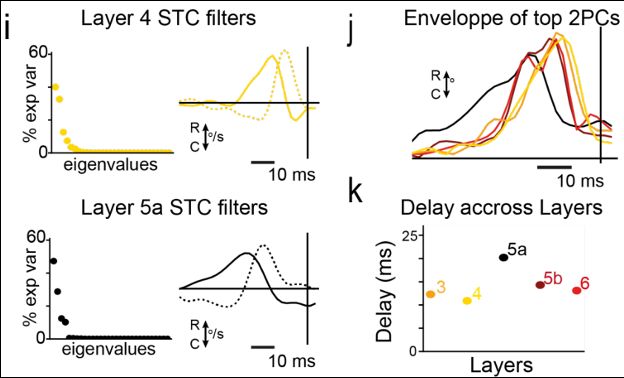Matías Goldin
@matigoldin.bsky.social
180 followers
270 following
40 posts
Neuroscientist @ Institut de la Vision, Paris
Retinal computations and circuits.
Posts
Media
Videos
Starter Packs
Pinned
Matías Goldin
@matigoldin.bsky.social
· Mar 17

Accurate spatiotemporal retinal responses require a color intensity balance fine-tuned to natural conditions
Color vision is vital for animal survival, essential for foraging and predator detection. In mice, as in other mammals, color vision originates in the retina, where photoreceptor signals are processed...
doi.org
Matías Goldin
@matigoldin.bsky.social
· Jun 12
Matías Goldin
@matigoldin.bsky.social
· Jun 12
Matías Goldin
@matigoldin.bsky.social
· Jun 12
Matías Goldin
@matigoldin.bsky.social
· Jun 12














